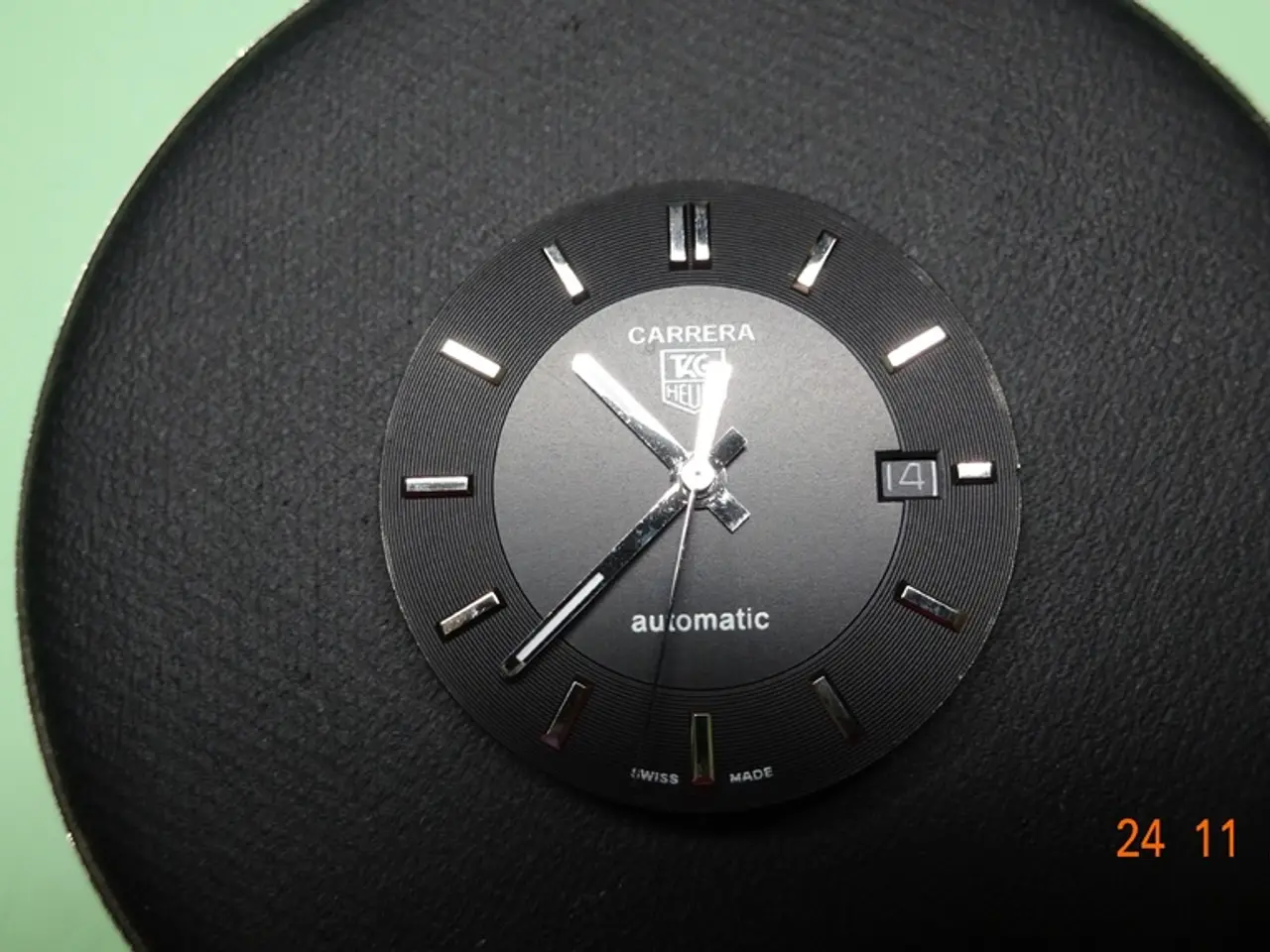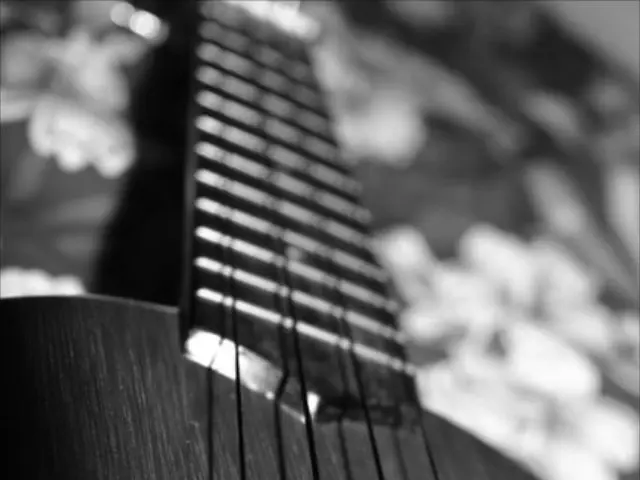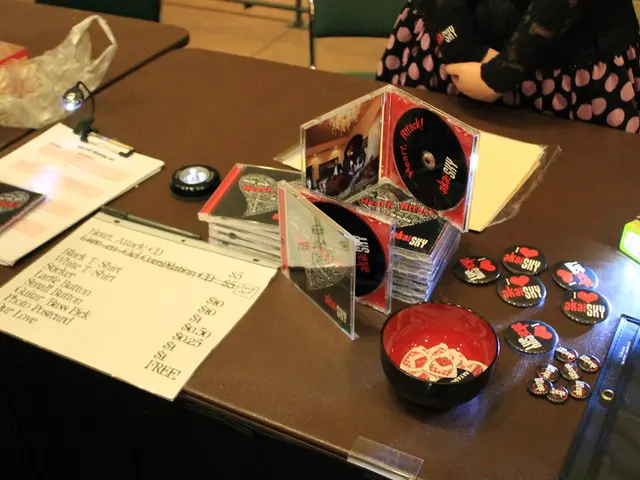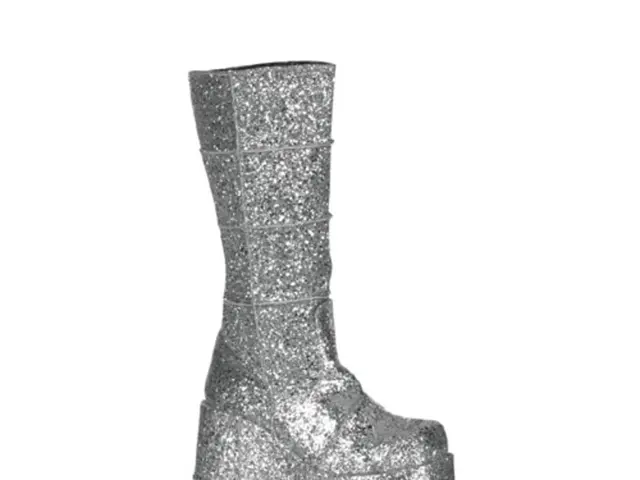Adjusting mechanical parts, specifically the clock's winding mechanism, is commonly referred to as "bushing."
In a thrift shop in Pembroke, Ontario, a hidden gem was discovered – a Sessions Mission style clock, a vintage treasure from the 1920s, manufactured by the Sessions Clock Co. of America. This article marks the first part of a two-part series on understanding clock pivot wear and bushing, focusing on the importance of maintaining mechanical clocks, particularly this antique piece.
Mechanical clocks, including the Sessions Mission style clock, have pivots – ends of axles that spin in small holes drilled in the clock plates. These pivots are crucial for the smooth operation of the clock, but they are also prone to wear and tear over time.
When pivots wear out or the pivot holes become oval-shaped due to wear, the gear may move away from the pinion, eventually causing the clock to run erratically or stop altogether. This issue is often caused by worn pivots, which result in improper mesh of the wheel teeth and increased friction in pivot holes.
To identify, repair, and maintain worn pivots and pivot holes, follow these steps:
Identification:
- Remove the clock dial and carefully inspect the gear train, focusing on the pivot shafts and pivot holes (bushings). Look for signs of wear like oval pivot holes, bent or worn pivots, debris, or misaligned components that can cause the clock to run poorly or stop.
Repair:
- For minor wear on pivots, you can use a pivot file to carefully smooth and reshape the pivot shaft, being gentle to avoid over-filing.
- For worn pivot holes, the common solution is to rebush (replace the bushings). This involves drilling out the old worn bushing and installing a new brass bushing. This operation requires appropriate tools, including a drill, reamer, and bushing installer.
- Clean bent pivots or debris in teeth and realign components to their proper positions.
- If the mainspring or gear train sticks due to old oil or corrosion, clean and lubricate these parts properly.
Maintenance:
- Clean pivots and pivot holes regularly to remove dirt and old, gummed-up oil. Use a soft cloth and specialized pivot cleaning sticks rather than cotton swabs, which may leave fibers behind.
- Apply a small drop of high-quality clock oil or suitable synthetic oil sparingly on each pivot hole. Over-oiling can lead to gummed residues that increase wear and slow the clock down.
- Avoid old or oxidized oils that form varnish-like deposits; clean and relubricate regularly to maintain optimal smoothness.
- Follow recommended clock cleaning and oiling kits designed for hobbyists and professionals for best results.
In summary, regularly inspect the pivots and pivot holes for wear signs, carefully clean and lubricate pivot points with proper clock oil, and perform repairs like pivot filing or rebushing when wear affects clock performance. Proper maintenance prevents excessive wear and prolongs clock function.
Stay tuned for the second part of this series, where we delve deeper into the process of rebushing and the importance of servicing mechanical clock movements every three to five years to ensure continued functionality and extend their lifespan.
The vintage Sessions Mission style clock from the 1920s, found in a thrift shop in Pembroke, Ontario, is a treasured gadget with pivots that require maintenance to run smoothly. To ensure the proper function of this mechanical clock and others like it, perform regular maintenance, identify worn pivots and pivot holes, and repair them as needed, using methods such as pivot filing or rebushing with new brass bushings. By taking care of these gadgets, we can prolong their lifespan and prevent costly technology-related issues.






